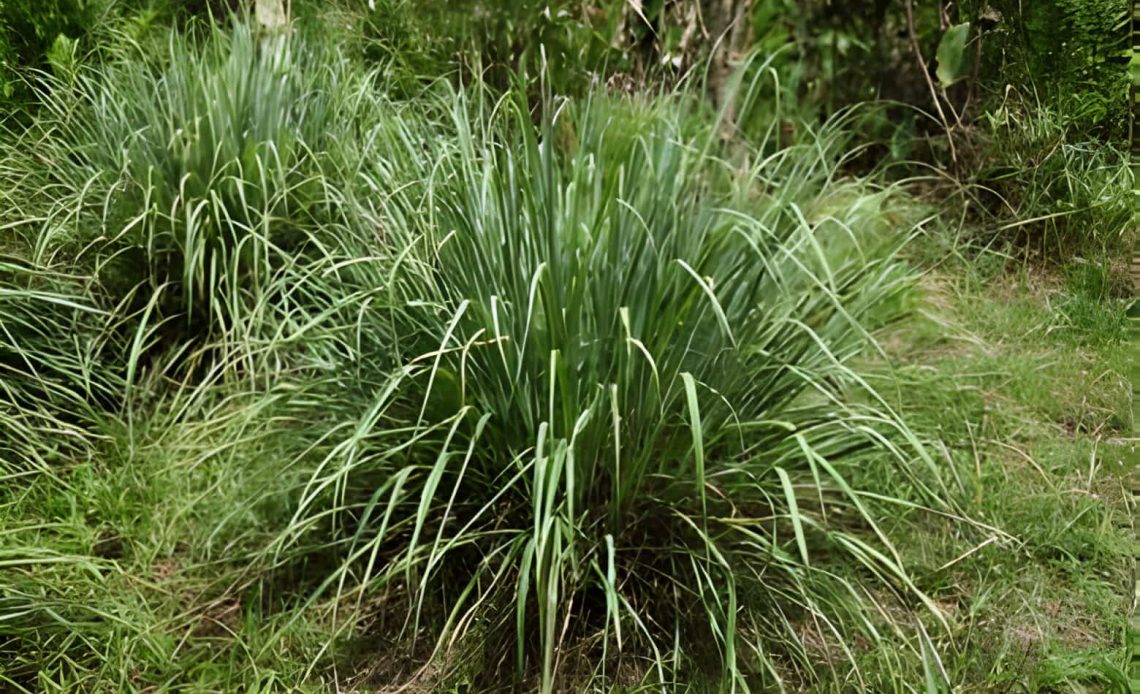
Looking for a natural way to keep snakes out of your yard? Look no further than snake repellent plants! These natural snake repellents can add beauty and fragrance to your landscape while discouraging slithering visitors.
15 NATURAL SNAKE REPELLENT PLANTS TO PROTECT YOUR YARD
Do you ever enjoy spending time in your yard but worry about encountering unwanted slithering visitors? Snakes can be unsettling, but there are natural ways to keep them at bay. This article explores the fascinating world of plants that deter snakes and snake repellent plants. We’ll delve into 15 easy-to-grow options that add beauty and fragrance to your landscape while discouraging snakes from making themselves at home. From cheerful marigolds to the surprising effectiveness of the Mother-in-Law’s Tongue, you’ll discover a variety of plants that can create a natural snake-repellent haven in your own backyard.
1. Holly

Holly is a festive shrub that can be a natural snake barrier for your yard. Its prickly leaves make it uncomfortable for snakes to slither through, discouraging them from entering your property. Holly is one of many snake repellent plants that you can incorporate into your landscaping. Holly is a beautiful evergreen shrub that provides winter interest with its red berries. It is also a good source of food and shelter for wildlife.
Here are some additional details about holly:
- Thrives in: Partial shade to full sun
- Prefers: Well-drained soil
- Maintenance: Prune regularly to maintain desired size and shape
Propagation:
- Holly can be propagated through stem cuttings or seeds.
- Seed propagation can be slow, taking several years for the plant to mature
2. Marigolds
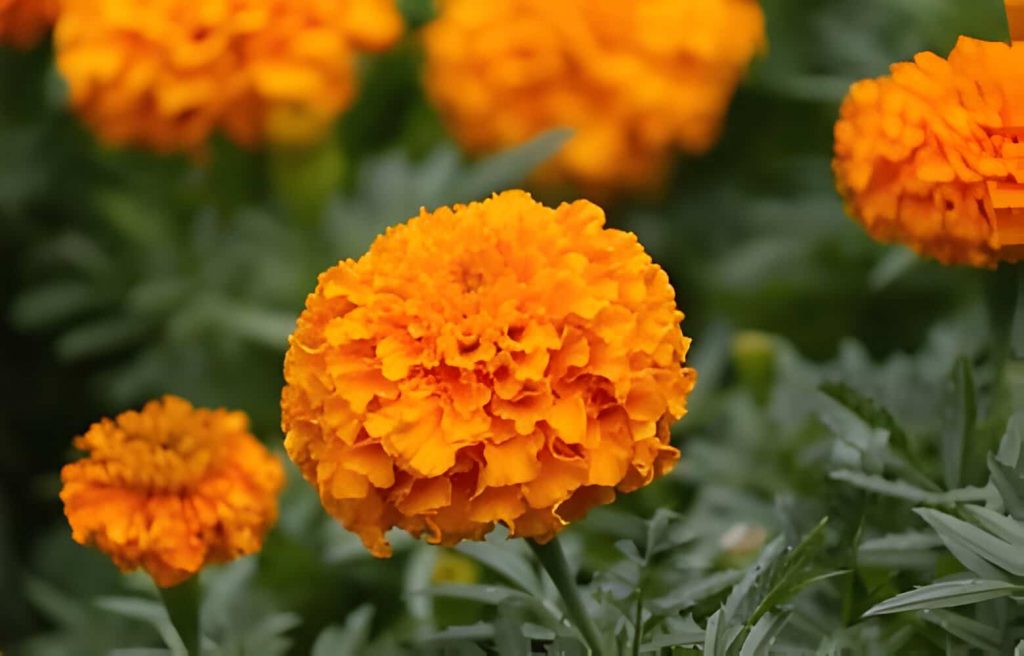
Marigolds are not just cheerful additions to your garden, they’re also powerful natural snake repellent plants. These sun-loving flowers boast a strong, pungent scent that snakes find unpleasant. As a result, areas teeming with marigolds tend to be less attractive to slithering visitors.
Marigolds are a low-maintenance dream for gardeners. They thrive in warm weather and require only moderate watering. Here’s why they’re so effective at keeping snakes away:
- Disrupting Snake Senses: The potent marigold scent disrupts a snake’s sense of smell, a crucial tool for hunting and navigating their environment.
- Deep Root System Advantage: Marigolds’ extensive root system carries the repellent scent further underground, deterring burrowing snakes as well.
Planting marigolds is easy! Simply sow the seeds indoors 4-6 weeks before the last frost. Once the danger of frost has passed, transplant your seedlings outdoors and enjoy the vibrant blooms while keeping your yard snake-free.
3. Lemongrass
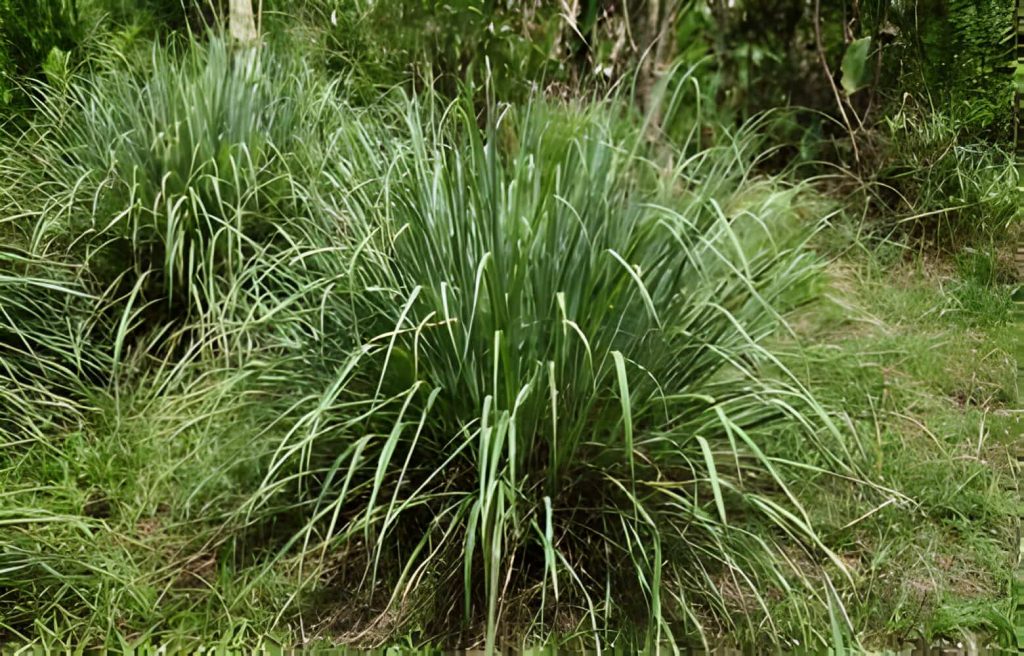
Lemongrass isn’t just a delicious herb for your kitchen; it’s also a natural snake repellent for yards. This aromatic herb adds a delightful citrus touch to your landscape while deterring unwanted slithering guests.
Snakes find the strong citrus scent emitted by lemongrass unpleasant. This makes areas populated with lemongrass less attractive to them.
Here’s why lemongrass is a great choice for snake deterrence:
- Citrus Power: Similar to marigolds, the citrusy scent disrupts a snake’s sense of smell, making them feel uneasy and less likely to explore the area.
- Versatility Beyond Repellent: Lemongrass is a win-win, providing both beauty and utility. You can use it in a variety of dishes and enjoy its medicinal properties, including digestive aid and insect repellent.
Planting lemongrass is flexible. You can grow it directly in the ground in a sunny location with well-drained soil, or keep it in containers for easy maintenance. During dry periods, provide regular watering to keep your lemongrass happy and thriving.
Propagating lemongrass is simple. Divide clumps of lemongrass in the spring or fall, ensuring you replant the divisions in well-draining soil. Enjoy the refreshing fragrance and beautiful foliage of lemongrass while keeping your yard snake-free!
4. Mother-in-Law’s Tongue (Snake Plant)
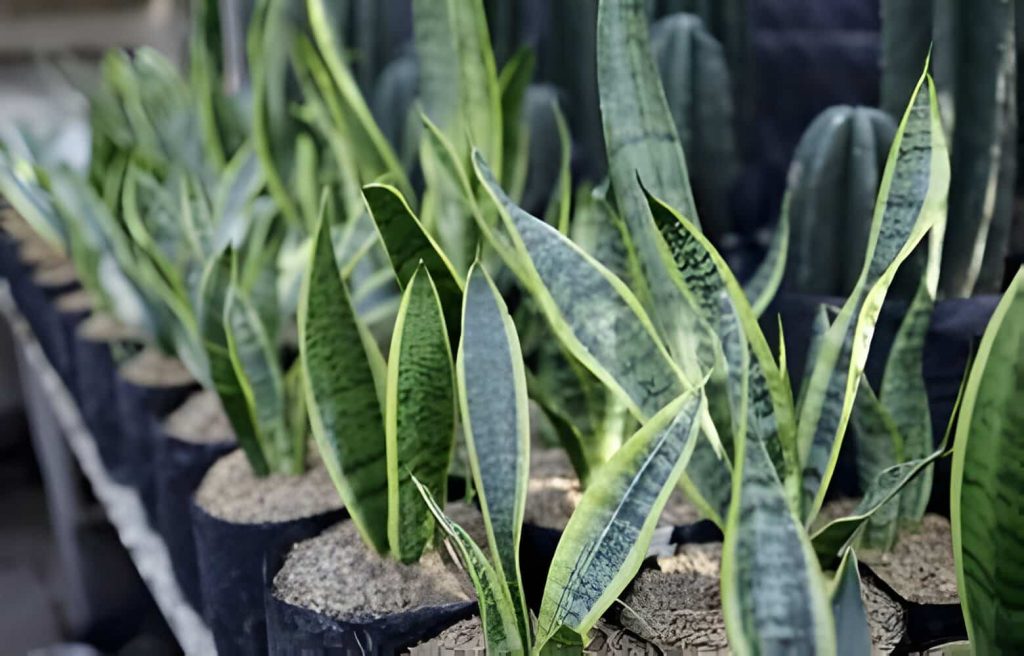
The Mother-in-Law’s Tongue, a popular houseplant, is actually one of the more unique additions to the world of natural snake repellent plants. While it may be a welcome guest in your home, snakes find it far less inviting. The secret lies in the Mother-in-Law’s Tongue’s stiff, sword-like leaves. These sharp points create a physically uncomfortable environment for snakes to navigate. This discourages them from slithering through or using the plant as a hiding spot in your yard.
Here’s why the Mother-in-Law’s Tongue is a great choice for natural snake deterrence:
- Spiky Discomfort: The stiff and pointed leaves offer poor traction and a potentially abrasive surface, making them unappealing for slithering snakes.
- Low-Maintenance Beauty: Beyond its snake repelling properties, the Mother-in-Law’s Tongue is a low-maintenance succulent that thrives in bright, indirect sunlight and requires infrequent watering. Also snake plant propagation is very easy.
- Bonus Benefits: Ther are a lot of Snake plant benefits. This versatile plant is known for its air-purifying plants properties and can tolerate a variety of conditions, making it a great addition to any home.
5. Wormwood (Mugwort)

This hardy herb possesses a strong, bitter aroma that deters snakes. Plant wormwood in borders or around your foundation for added snake deterrence. Wormwood prefers full sun and well-drained soil. It’s drought-tolerant once established but benefits from occasional watering during dry spells.
The intense bitterness of wormwood is unpleasant to a snake’s sensitive Jacobson’s organ, an olfactory sensory organ located in the roof of their mouth. This organ helps them taste and smell, and the overwhelming bitterness disrupts their ability to navigate effectively. Wormwood can be propagated by division or seeds. Also Wormwood has a long history of medicinal use. It is said to be effective in treating a variety of ailments, including digestive problems, anxiety, and insomnia. However, it is important to note that wormwood can be toxic if taken in large doses.
6. Pink Agapanthus
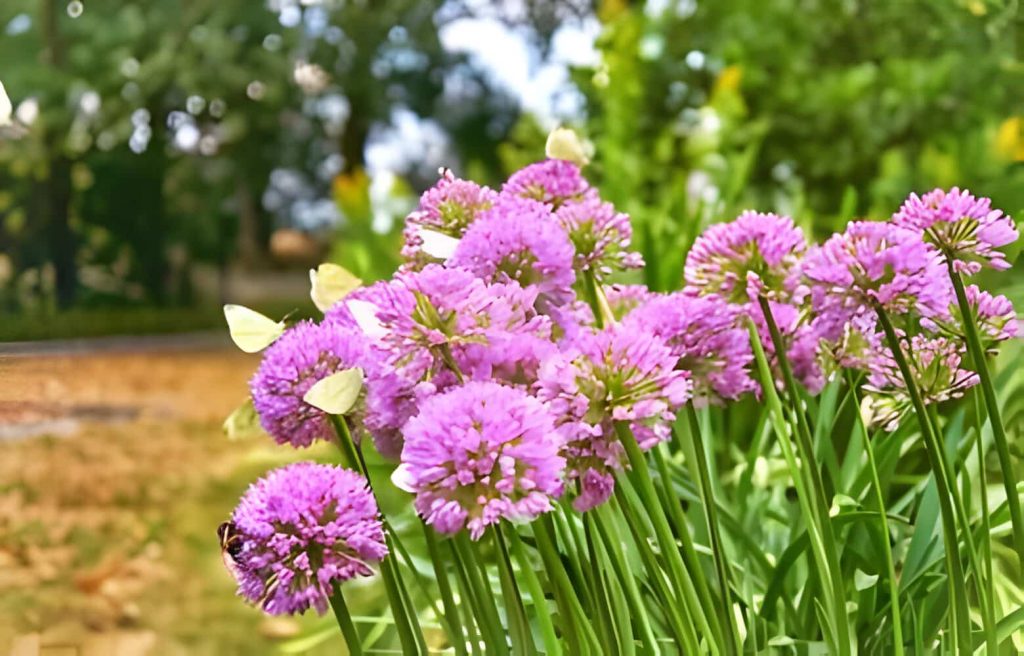
These beautiful flowering plants add a pop of color to your yard while keeping snakes at bay. They emit a strong onion-like scent that deters snakes. Pink agapanthus thrives in full sun and well-drained soil. Water regularly during the growing season and reduce watering in the fall. The pungent onion-like odor from pink agapanthus disrupts a snake’s sense of smell, similar to how other strong scents work.
Pink Agapanthus can be propagated by division or seeds. Pink Agapanthus is a beautiful flowering perennial that is easy to care for. It is drought-tolerant and deer-resistant.
7. Garlic
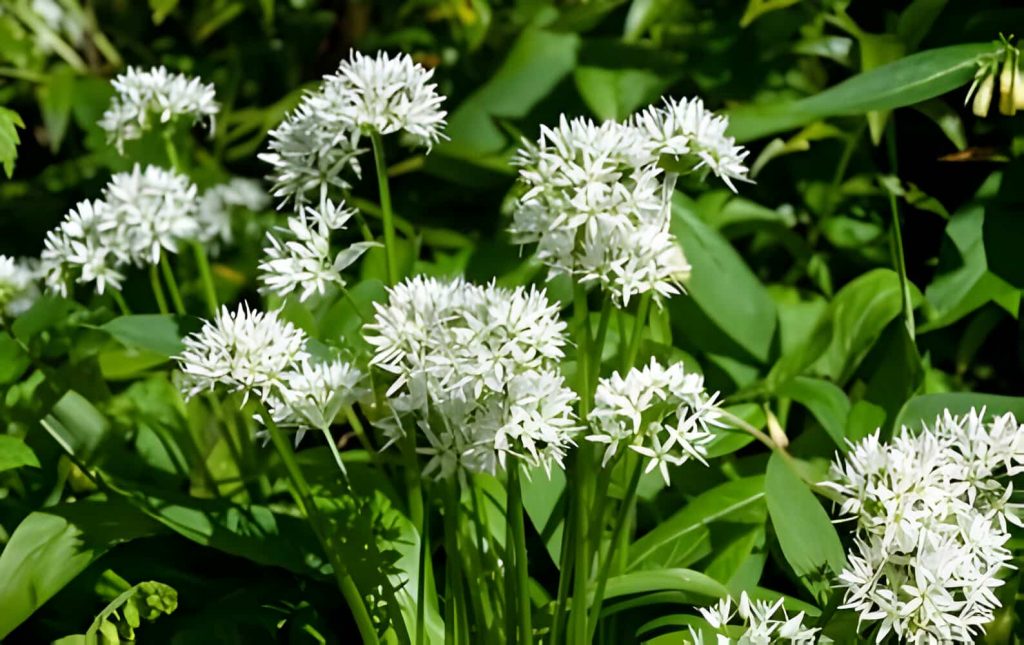
This versatile herb not only adds flavor to your cooking but can also deter snakes from your yard. The strong smell of garlic is unpleasant to snakes. You can plant garlic cloves around the perimeter of your yard or patio for added protection. Garlic thrives in full sun and well-drained soil. Plant in the fall for harvest in summer.
The pungent odor of garlic irritates a snake’s Jacobson’s organ, making them feel disoriented and less likely to explore an area heavily scented with garlic.
8. Snakeroot Plants (White Snakeroot)
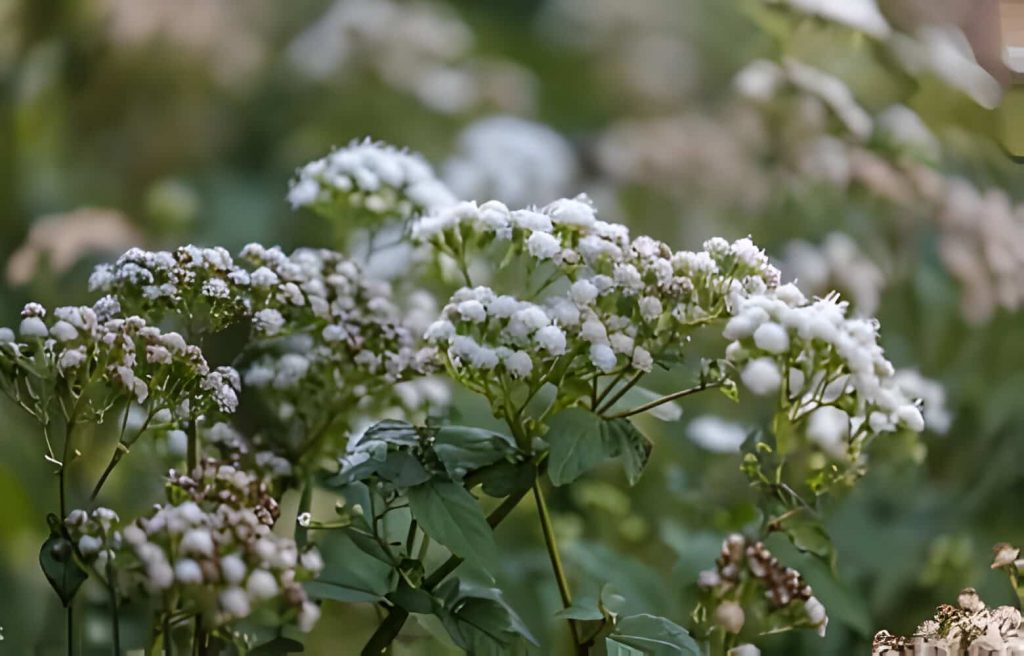
It’s important to note that the effectiveness of snakeroot plants in deterring snakes is not fully proven. However, some gardeners believe white snakeroot, with its strong odor, repels snakes. White snakeroot prefers full sun to partial shade and moist soil. Similar to wormwood, the strong odor of white snakeroot might irritate a snake’s Jacobson’s organ, hindering its ability to navigate and hunt effectively.
While white snakeroot is considered a wildflower, some species can be toxic to humans and pets. If you choose to plant snakeroot, research the specific variety thoroughly and exercise caution, especially around children and pets.
9. Yellow Alder

This shrub boasts bright yellow flowers and is said to repel snakes with its strong odor. However, yellow alder is toxic to people and pets, so avoid planting it if you have children or furry companions in your household.
Yellow alder is propagated from seeds or cuttings. However, it can be difficult to propagate from seeds and germination rates are low. However Yellow alder is a beautiful tree with yellow flowers in the spring. It is also a fast-growing tree that can provide shade quickly. However, it is important to note that yellow alder is a nitrogen fixer, which means it can add nitrogen to the soil. This can be beneficial for some plants, but it can also be harmful to others.
10. Basil

The fragrant herb basil may deter snakes with its strong scent. Plant basil around your patio or in containers near entry points to your home. Basil thrives in full sun and well-drained soil. Water regularly during dry periods. The strong aroma of basil might be unpleasant to a snake’s sense of smell, although more research is needed to confirm its effectiveness as a snake repellent.
Fresh basil is a staple in many cuisines, adding a delicious flavor to your dishes. Basil also attracts pollinators like bees and butterflies to your garden. Basil can be propagated through stem cuttings or seeds. Take stem cuttings in spring or summer, and plant them in pots with moist soil. Basil thrives in warm weather and requires regular watering. However Basil is a delicious and versatile herb that is easy to grow. It has a variety of culinary uses and is also said to have a number of health benefits.
11. Lavender
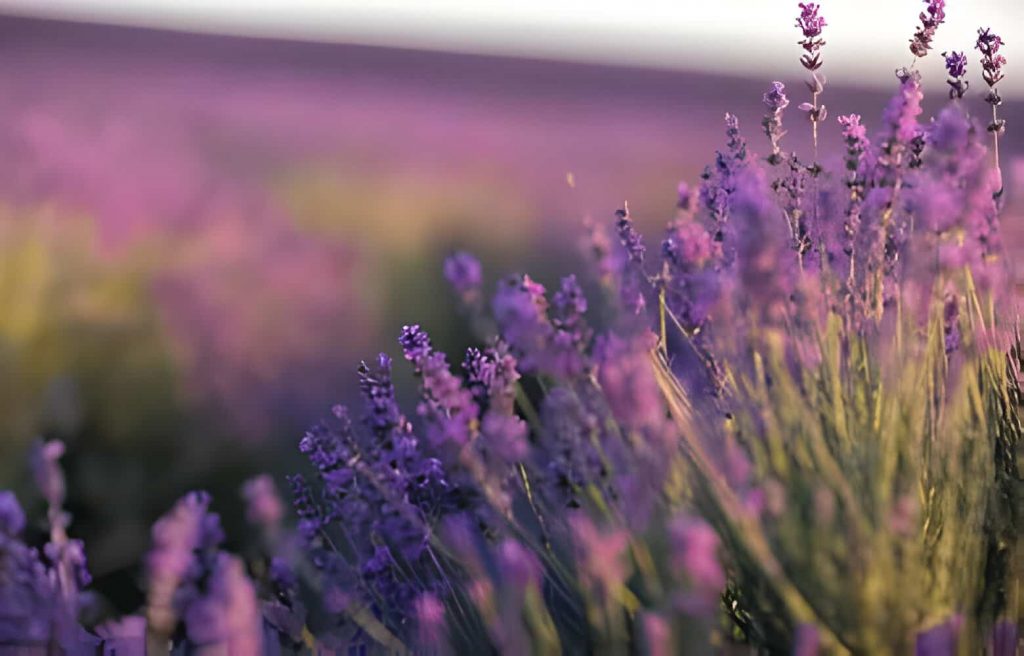
The beautiful lavender not only adds visual appeal to your garden but also deters snakes with its fragrant foliage. Plant lavender in borders or around your foundation. Lavender thrives in full sun and well-drained soil. It’s drought-tolerant once established but benefits from occasional watering during hot, dry spells. The strong scent of lavender may irritate a snake’s sense of smell, making the area less desirable for them.
Apart from repelling snakes, lavender attracts beneficial pollinators like butterflies and bees to your garden. Its calming fragrance can also enhance the atmosphere of your patio. Lavender can be propagated through stem cuttings taken in early summer. Simply snip off a 4-6 inch stem tip, remove the lower leaves, and plant it in a pot with well-draining soil. Keep the soil moist and place the pot in a sunny location.
12. Eucalyptus

This fast-growing tree is known for its strong aroma of eucalyptus oil, a natural snake repellent. However, eucalyptus trees can grow quite large and may not be suitable for all landscapes. The intense eucalyptus oil scent disrupts a snake’s sense of smell, making them feel disoriented and uncomfortable. Eucalyptus oil can be toxic to some pets, so use caution if you have pets and consider alternative plants if necessary.
Eucalyptus is a fast-growing tree with fragrant leaves. It is a popular choice for windbreaks and privacy screens. Eucalyptus oil is also used in a variety of products, including cough. Eucalyptus is most commonly propagated from seeds or cuttings. However, it can be difficult to propagate eucalyptus from seeds, and the germination rate is low.
13. Daffodils
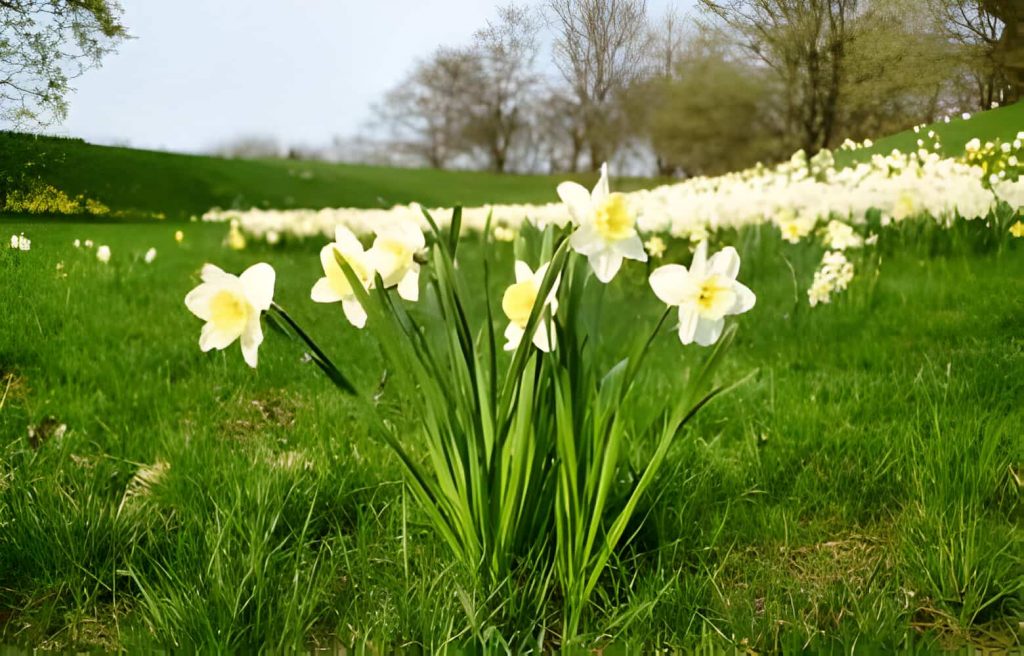
These cheerful spring-blooming bulbs not only brighten your yard but also deter snakes with their hidden weapon: toxins. Daffodils contain toxins called lycorine that are harmful to snakes if ingested. Plant daffodils around your yard or patio for added deterrence. The presence of lycorine in daffodils discourages snakes from lingering or consuming the plant, keeping them away from your yard.
Daffodils are best propagated by division. However Daffodils are cheerful spring-flowering bulbs that are easy to grow and low-maintenance. They are deer and rabbit resistant, and they naturalize well, meaning they will come back year after year with minimal care.
14. Rosemary
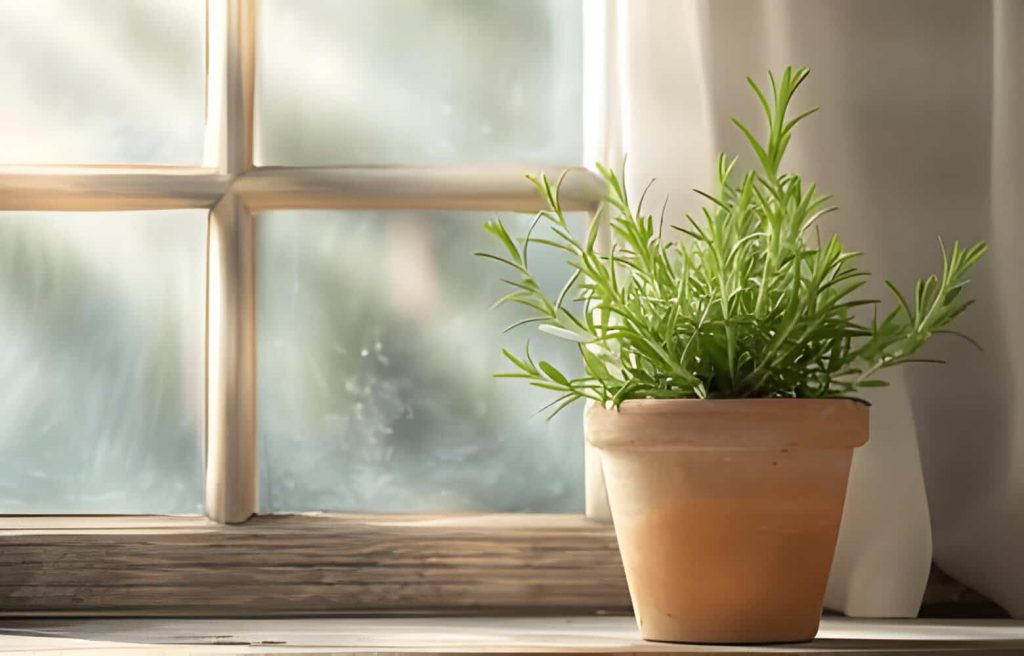
This fragrant herb not only adds culinary value but may also deter snakes with its pungent aroma. Plant rosemary in borders or around your foundation. Rosemary thrives in full sun and well-drained soil. It’s drought-tolerant once established but appreciates occasional watering during dry periods. The strong, spicy scent of rosemary might be unpleasant to a snake’s sense of smell, although more research is needed to confirm its effectiveness as a complete snake deterrent.
Rosemary is a versatile herb with culinary and medicinal uses. Rosemary tea is known for its memory-boosting properties. Also Rosemary propagation through stem cuttings similar to lavender. Take cuttings in spring or fall, and plant them in pots with well-draining soil. Alternatively, you can grow rosemary from seeds, but the germination process can be slower.
15. Nasturtiums
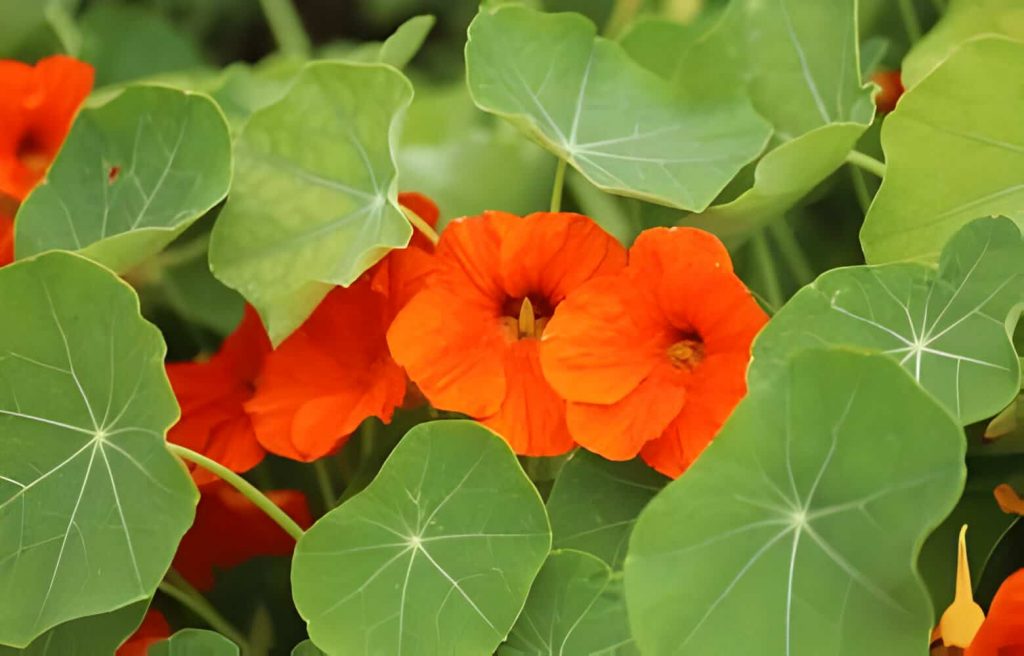
These vibrant flowering vines add a touch of color and act as a natural snake repellent. Nasturtiums possess a peppery scent that deters snakes. Plant nasturtiums in containers, hanging baskets, or along fences and walls. They thrive in full sun and well-drained soil and require moderate watering. The peppery scent of nasturtiums disrupts a snake’s sense of smell, making them less likely to explore areas heavily populated by these colorful vines.
Nasturtiums are not only beautiful but also edible! The flowers and leaves have a peppery flavor and can be added to salads or sandwiches. However Nasturtiums are easy to grow from seeds. Sow them directly outdoors in well-drained soil after the last frost. They are fast-growing vines and will readily spread, creating a colorful and snake-deterring border.
